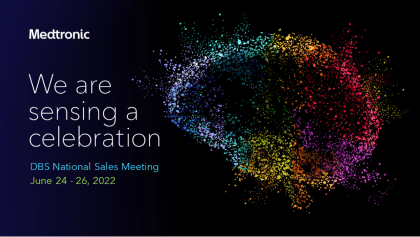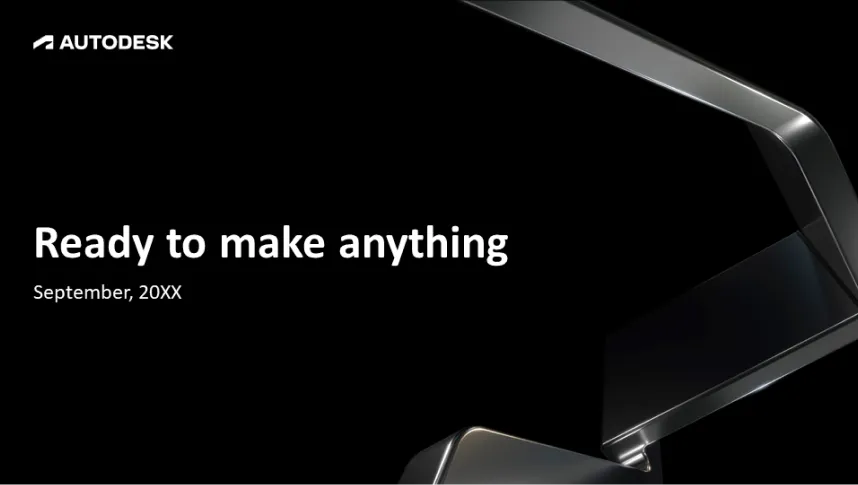AI has the potential to revolutionize infographic design by streamlining the process of creating visually compelling and informative graphics that communicate complex issues, such as the risks of deepfakes in business presentations. By leveraging machine learning algorithms, designers can analyze vast amounts of data related to deepfakes—like their prevalence, impact on brand reputation, and methods for detection. This analysis allows for more accurate representation of statistics and trends within infographics.
Additionally, AI tools can assist in generating design templates that align with best practices in visual communication. These tools can recommend optimal color schemes, layouts, and font choices based on audience preferences or industry standards. For example, using a combination of bold colors to highlight critical risks while maintaining readability ensures that vital information about deepfakes stands out.
Furthermore, AI-driven insights can guide content creation by suggesting key messages or points that resonate strongly with audiences concerned about security threats posed by deepfake technology. Incorporating interactive elements powered by AI could also engage viewers more effectively; for instance, users may hover over specific parts of an infographic to reveal additional data related to real-world examples or case studies involving deepfakes.
Ultimately, integrating AI into infographic design not only enhances aesthetic appeal but also significantly improves clarity and effectiveness in conveying important messages regarding the alarming implications of deepfake technology in business settings.
View Our Presentation Portfolio










